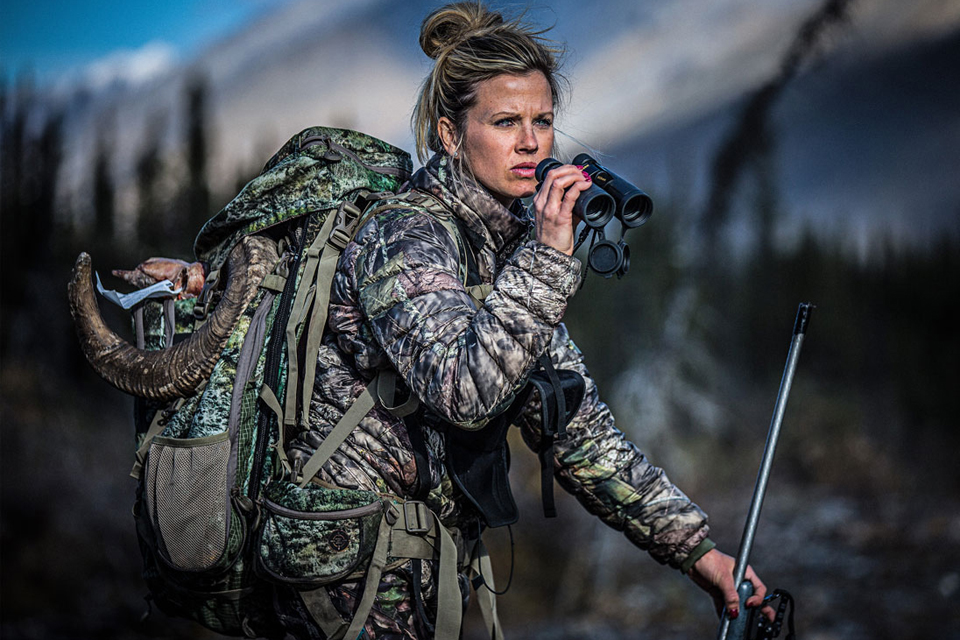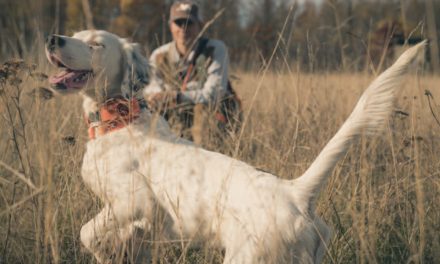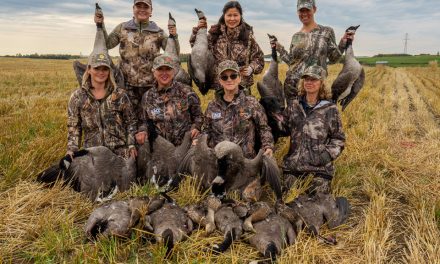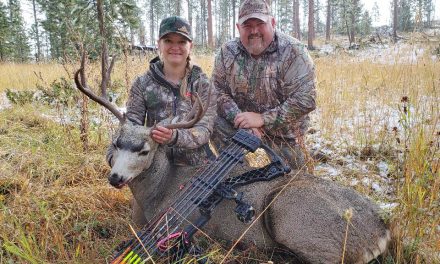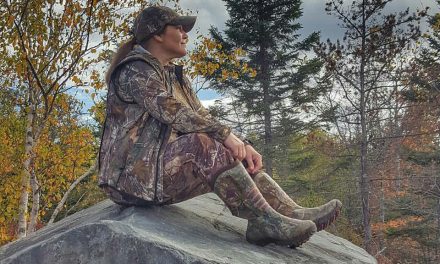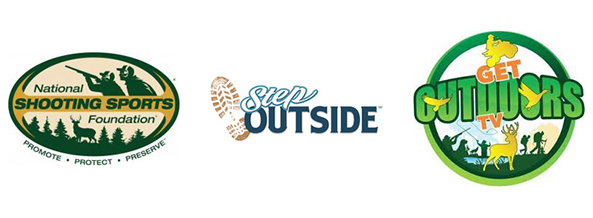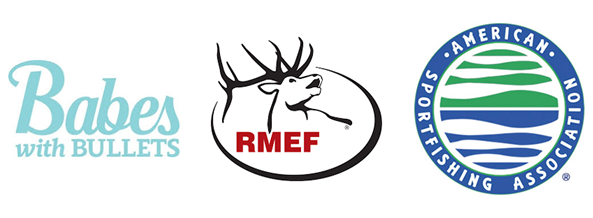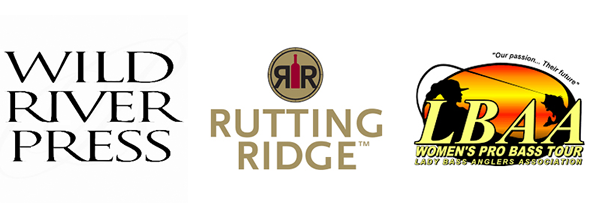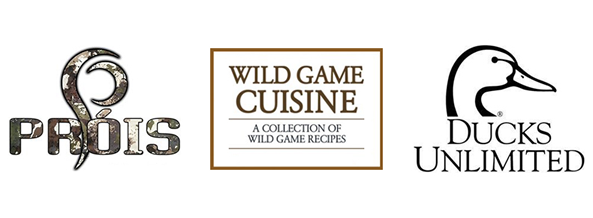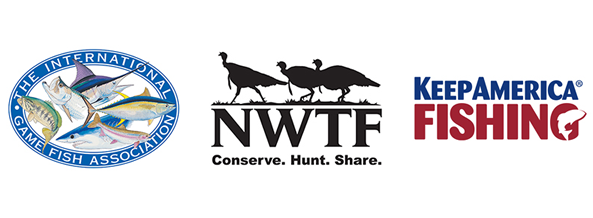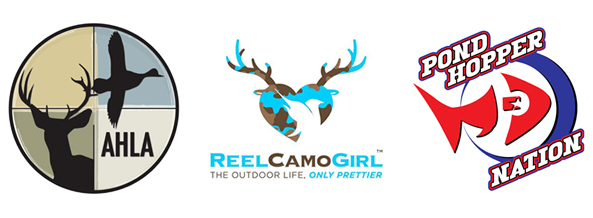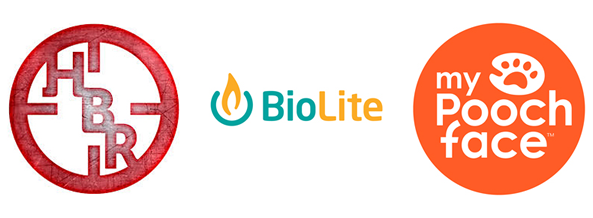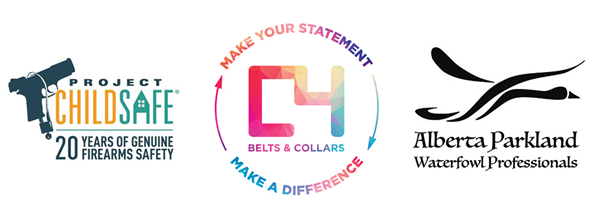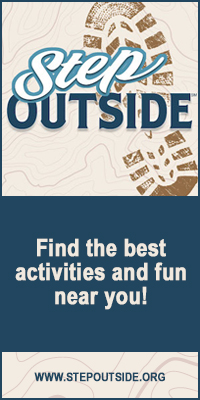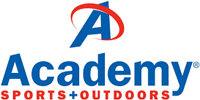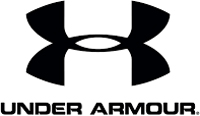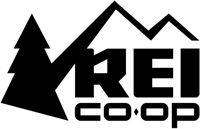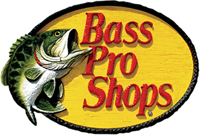Few things compare to achieving the American Dream. Often, those dreams are fueled by the proverbial “light bulb” that goes off, signaling the often-heard response, “Why hasn’t anybody thought of that before?” Sometimes, the dream is spawned purely by accident. Something didn’t work out, yet the result yielded a statement like, “I think I’m on to something!” Then there’s the obvious, “There’s gotta be a better solution.” Of course, there’s also the budding entrepreneur on the “hunt” for his or her opportunity. We strongly suspect that Mossy Oak founder, Toxey Haas, had some of all this going for him.
The year was 1986. Toxey, an avid Missippippi hunter and outdoorsman, was on the hunt for better camouflage. He was convinced that a different design could afford better opportunities for the average hunter. Traditional camo was just not getting the job done. Better concealment could lead to that trophy buck or a huge wild turkey for Thanksgiving.
Back to what sparked things. Did Toxey visualize a camo pattern and have it drawn up? Was it the product of a vivid imagination? Or did that clump of twigs and leaves —Mother Nature’s camo—that he spotted at the base of that old “mossy oak” cause the eureka moment? More than likely it was both—imagination and reality colliding at the same time. Now shadows and depth were on the verge of replacing traditional two-dimensional camo.
Graphic artists plying their trade with the likes of Photoshop and InDesign didn’t exist in the 1980s. Toxey’s only option was to have his camo patterns produced by hand. So with a total belief in his idea and dogged determination, Toxey set out to find a printer that could reproduce his initial patterns—Bottomland and Hill Country—on fabric. He found such a printer in the neighboring state of Georgia. The challenge at this point was convincing the printer to run only 800 yards of fabric. Persuasion is another strong suit of Toxey’s, but it still took some convincing for the printer to forego his 10,000-yard fabric minimum, but cash is cash and Toxey put all he had on the line.
Just as mail order became a new source of sales for Sears in the late 1800s, Mossy Oak clothing would take up the same in 1986, along with telephone sales. This is when Mossy Oak became the family business. Toxey’s parents turned their home into a warehouse and fulfillment facility. It was elbow-to-elbow in the place, but the call of the wild had beckoned. A strong belief in the opportunity was growing on a daily basis.
At the outset—and integral to the company’s primitive logistics—the dyes in the fabric had to be heat set. The solution to this was using West Point, Mississippi’s hottest commercial laundromat dryer. It all became a hand process. Garments were dried, re-folded, and re-packaged. Sales soon started occurring, and it wasn’t long before hunters began validating Toxey’s belief in his innovative camo.
Along the way, wildlife conservation became a passion of Mossy Oak’s. No one knew better than Toxey that the experience of hunting and being outdoors could only be preserved by habitat conservation—something that men and women hunters alike realize is an absolute requirement for the enjoyment of generations to come. Replacing what is taken out with a nurtured environment is critical for new life to be sustained. As the Rocky Mountain Elk Foundation’s tagline states, “Hunting is Conservation.”
Over time, Mossy Oak morphed into an intellectual property company, licensing its name and designs to a wide range of suppliers, from apparel companies to outdoor merchandisers such as Cabela’s to hunting gear manufacturers like Browning.
Of course, it wasn’t long before Toxey and his team began to realize that the initial dream was only part of a bigger picture—the great outdoors. Today, the company operates under its parent company, Haas Outdoors, Inc., which also includes “Mossy Oak Properties, Biologic, which produces forage blends; Nativ Nurseries, which can turn a normal piece of property into a wildlife haven, and Gamekeeper, which offers conservation education.” There’s even Mossy Oak Golf in West Point, Mississippi, rated by Golfweek in 2018 as one of the top 100 modern courses in the United States.
Toxey Haas may be Mossy Oak’s founder, but he’ll be the first to say that having the right team who shared the same vision has been instrumental in the brand’s success. Bill Sugg was the company’s first official employee who, as Toxey tells it, was not afraid to roll up his sleeves and do whatever was necessary from dawn until dusk promoting the brand. Presently, Bill is Mossy Oak’s President, overseeing the efforts of 140-plus employees.
There’s an old saying, “It’s not what you’re getting, it’s what you’re missing.” Apparently, neither Toxey nor Bill plan on missing out. Yesterday’s dream is just the beginning. Tomorrow’s dream is even bigger.
Per MossyOak.com: Nicole and Pat Reeve, “the hosts of ‘Driven with Pat & Nicole’ on the Outdoor Channel, have been married since June, 2012. They don’t hesitate to look danger in the face and never flinch. They rely heavily on their Mossy Oak camo to make them appear to be invisible to the critters they hunt. At 110 pounds and looking like a fashion model, Nicole is the last person you’d expect to stalk a lion, shoot it with a bow, jump out of an airplane from 12,000 feet, ride a jet boat down a raging river, crawl through mud, eat dust, and climb mountains to live the Mossy Oak obsession. Nicole admits, ‘I’m an adrenaline junkie. Just like my husband, I’m driven to hunt.'”
~By Kent Huffman
Website | Facebook | Instagram | Twitter
Kent Huffman is the Editor-in-Chief for Wildlife Enthusiast Magazine. Kent is an avid fisherman, hunter, and wildlife conservationist. He also serves his clients as a fractional Chief Marketing Officer, specializing in building successful brands, creating unique customer experiences, constructing proprietary “marketing machines,” and driving profitable growth. Kent has won numerous awards and honors from Forbes, Adweek, CEO World Magazine, Brand Quarterly Magazine, Social Media Marketing Magazine, the CMO Club, TCU’s Neeley School of Business, and the World Marketing Congress for his accomplishments as a marketer.

